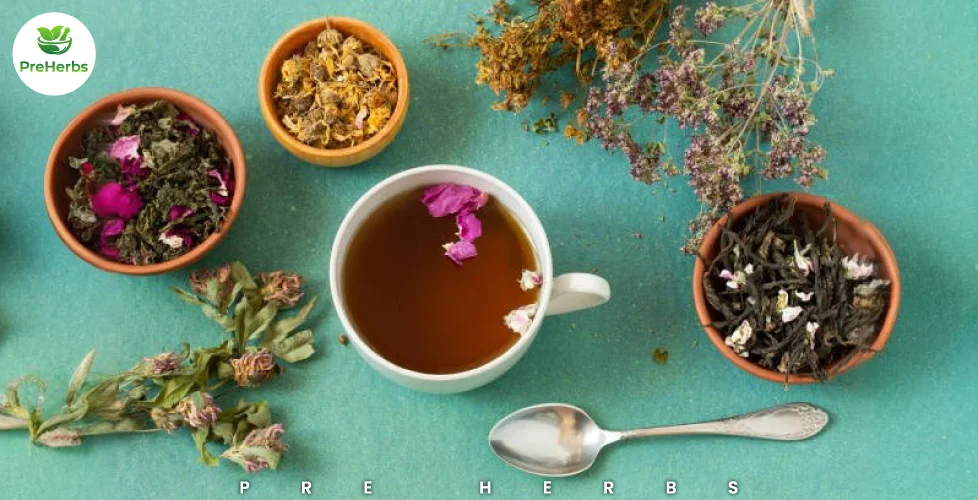In recent years, (CBD) has surged in popularity as a versatile wellness supplement, offering potential benefits for a variety of physical and mental health issues. If you’re new to Cannabidiol or looking for ways to integrate it more effectively into your daily life, this guide will help you understand how to incorporate CBD into your wellness routine.
Related blog : Can CBD Oil Enhance Your Mental Stability?
Understanding Cannabidiol and Its Benefits
Cannabidiol (CBD) has emerged as a prominent compound in the world of natural health, captivating both researchers and wellness enthusiasts alike. Understanding Cannabidiol and its benefits can unlock new possibilities for improving overall well-being and managing various health conditions.
What is CBD?
CBD, or cannabidiol, is a natural compound found in the cannabis plant. Unlike THC, the psychoactive component of cannabis, CBD does not produce a “high.” Instead, it interacts with the body’s endocannabinoid system (ECS), which plays a crucial role in regulating functions such as sleep, mood, appetite, and pain.
Potential Benefits of CBD:
- Stress and Anxiety Relief: Cannabidiol is commonly used to reduce stress and anxiety, promoting a sense of calm and relaxation.
- Pain Management: Many people use CBD for its anti-inflammatory properties, which can help alleviate chronic pain and muscle soreness.
- Improved Sleep: Cannabidiol may aid in improving sleep quality by addressing underlying issues like anxiety or pain that disrupt sleep.
- Skin Health: Topical Cannabidiol products can help with conditions like acne, eczema, and psoriasis due to their anti-inflammatory properties.
Assessing Your Wellness Goals
Before incorporating Cannabidiol into your routine, it’s essential to identify your specific wellness goals. Whether you’re seeking better sleep, pain relief, or enhanced mental clarity, understanding your needs will guide you in choosing the right Cannabidiol products and dosages.
- For Sleep Improvement: Consider Cannabidiol oils or capsules taken an hour before bed.
- For Pain Relief: Topical creams or tinctures may be more effective for targeted relief.
- For Daily Stress Management: Cannabidiol gummies or tinctures can be taken throughout the day to maintain a sense of calm.
Related blog: Effective is CBD for Back Pain Relief?
Choosing the Right CBD Products
The CBD market offers a wide range of products, each suited to different needs and preferences. Here’s a breakdown of the most common types:
- CBD Oil/Tinctures: These are among the most versatile Cannabidiol products. You can take them sublingually (under the tongue) for quick absorption or add them to food and beverages.
- CBD Capsules: Capsules offer a convenient and consistent way to consume Cannabidiol, making it easy to incorporate into your daily routine.
- CBD Edibles: Gummies, chocolates, and other edibles provide a tasty way to enjoy CBD, though they may take longer to take effect due to digestion.
- Topicals: Creams, balms, and lotions infused with Cannabidiol are ideal for localised relief from pain, inflammation, or skin conditions.
- CBD Vapes: Vaping offers the fastest absorption of CBD, but it’s not suitable for everyone, especially those with respiratory issues.
Related blog: Maximising the Benefits of CBD: How to Choose Quality CBD Products
Establishing a Routine
Consistency is key when incorporating CBD into your wellness routine. Here’s how to do it effectively:
Start with a Low Dose:
If you’re new to Cannabidiol, start with a low dose and gradually increase it until you achieve the desired effects. This approach helps you understand how your body responds to Cannabidiol without overwhelming your system.
Incorporate CBD into Existing Habits:
Integrate Cannabidiol into your current wellness practices to make it a natural part of your day. For example, add a few drops of Cannabidiol oil to your morning smoothie or take a Cannabidiol capsule with your daily vitamins.
Track Your Progress:
Keep a journal to track how you feel before and after using Cannabidiol. Note any changes in your mood, sleep quality, pain levels, or other symptoms. This will help you fine-tune your dosage and product selection over time.
Complementing CBD with Other Wellness Practices
CBD can enhance your overall wellness routine, but it works best when combined with other healthy habits:
- Balanced Diet: A nutritious diet supports the body’s endocannabinoid system, enhancing the effectiveness of Cannabidiol.
- Mindfulness Practices: Techniques like meditation, deep breathing, or yoga can amplify the stress-relieving benefits of Cannabidiol.
- Adequate Sleep: Quality sleep is foundational to wellness. Cannabidiol can help improve sleep, but it’s also essential to maintain good sleep hygiene.
Potential Side Effects and Considerations
While Cannabidiol is generally well-tolerated, it’s important to be aware of potential side effects, which can include:
- Dry Mouth: Cannabidiol may reduce saliva production, leading to a dry mouth sensation.
- Drowsiness: Higher doses of Cannabidiol may cause drowsiness, which can be beneficial for sleep but may interfere with daytime activities.
- Interaction with Medications: Cannabidiol can interact with certain medications, so consult your healthcare provider if you’re taking prescription drugs.
Related blog: Your Guide to Applying CBD Creams: Dos and Don’ts
Conclusion
Incorporating Cannabidiol into your wellness routine can be a rewarding experience, offering potential benefits for your mental and physical health. By choosing the right products, establishing a consistent routine, and complementing Cannabidiol with other healthy habits, you can enhance your overall well-being. Remember to start low and go slow, tracking your progress and adjusting as needed to find what works best for you.



